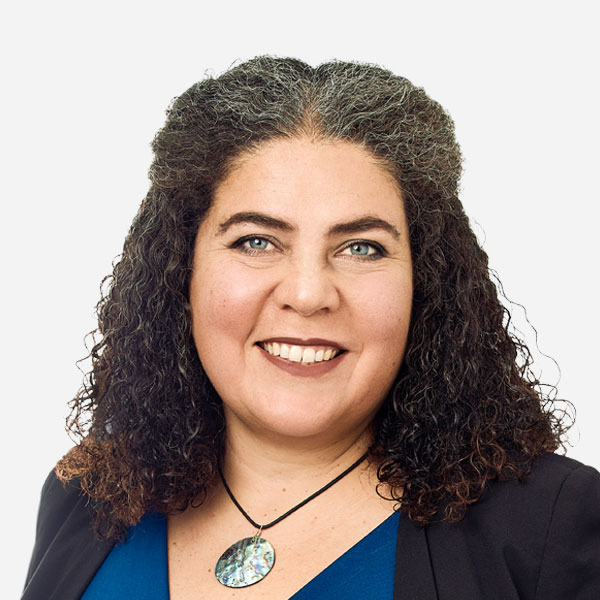Drought revisited
In March we covered concerns around what’s shaping up to be a serious drought year, and what we each can do in the light of this. In this article we take a broader look.
Last week three members of BCEC attended a sold-out presentation and documentary hosted by CPAWS*. The documentary – “All Dried Up – What Now?”, by Kevin van Tighem and Yvan Lebel of the Livingstone Landowners Group – was followed by an excellent Q&A session. It’s the third in a three- documentary series. Find the first and second (called Finding Water and Running Dry) at www.livingstonelandowners.net/videos-1
It focuses on drought conditions in Southern Alberta, in particular around the Oldman River/ Oldman Dam. It includes shocking footage of arid conditions and sections where there’s dry cracked mud instead of abundant water. Indigenous knowledge keepers, local ranchers and other land owners, fishing experts etc. were all interviewed about their thoughts on the drought situation.
All agreed that – although Alberta is prone to periods of drought – this time the problem is extremely serious. Alberta is known to experience a drought cycle. However, in past eras there were negligible withdrawals by agriculture; populations of towns and cities were dramatically smaller; resource extraction was less intensive. This meant that aquifers had opportunities to recover. Less so this time.
There’s a difficult time ahead for farmers and ranchers, but also for large populations downstream of the river and dam, as in Lethbridge. It’s less immediately obvious to city dwellers that such a problem is looming – though they may hear news reports, they’re less likely than we are to have a daily experience of seeing low river levels and dried up creeks. And published maps of current drought conditions in Alberta show that the Oldman watershed is by no means the only place affected.
In the Q&A, speakers focused on what needs to be done province-wide, what’s behind the severity of the problem and how the authorities can address the issue effectively.
Key information points that came out of this Q&A included these:
– Despite a negligible reduction in precipitation, outflow of water from the province is disproportionately down
– This region has always had a history of periodic severe drought going back hundreds of years that scientists can see through tree rings etc., both in living memory (1980s), but also much further back to longer and more severe droughts
– A longer view shows we should be more actively preparing for drought periods even during the wetter years/decades
– Damming is not necessarily a good option, due to evaporation etc. The natural way
to keep water in the land is to focus on things like beavers (whose natural activity promotes aquifer health), tree coverage (helps mitigate run-off), getting rid of forestry roads/disused trails (which expose land to evaporation) etc.
Two main takeaways from the whole evening were:
– Land use is key to preserving water on the landscape: managing landscape is more effective at mitigating drought long term than simply managing people’s water usage.
– It’s crucial to ensure there’s less opportunity for precious water to evaporate and thus be lost to those downstream – through the following approach (taken directly from the film):
We can RENEW our water supply if we focus on the five Rs in our river headwaters:
– Reduce risk. Use less water, not more
– Reform logging. No clearcuts
– Reclaim unneeded roads and trails
– Repopulate foothills valleys with beavers
– Refuse any land uses that reduce water yield and quality
Meanwhile, we should all look to the ways individual citizens can approach water use, as suggested in our previous article. As warmer weather approaches, actions like reducing hosepipe usage, watering with grey water, harvesting rainwater (rainbarrels under downpipes) etc. can help.
To conclude, Alberta needs comprehensive, holistic Land Use Planning documents that will guide the wise and sustainable management of our precious water and natural resources. Such policy changes will only come from our collective engagement at Alberta’s three levels of government.
Concerned citizens can contact all government levels and let representatives know that they’re concerned and expect action.
*Canadian Parks and Wilderness Society
Check us out at braggcreekenvironmentalcoalition.ca
Contact us at info@ braggcreekenvironmentalcoalition.ca

























